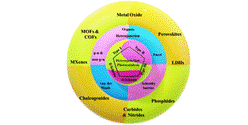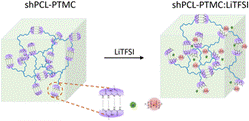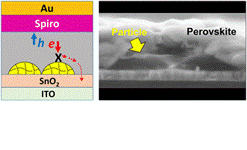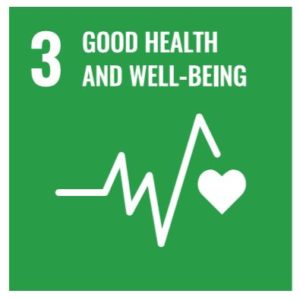
RSC Applied Polymers and RSC Applied Interfaces are pleased to announce the launch of a new series of themed collections in support of the Global Sustainable Development Goals initiated by the United Nations.
These collections highlight the current research taking place by scientists across the globe which demonstrates the ways in which chemical science is helping to make the world a better place.
RSC Applied Polymers and RSC Applied Interfaces are delighted to share the new collection centred around:
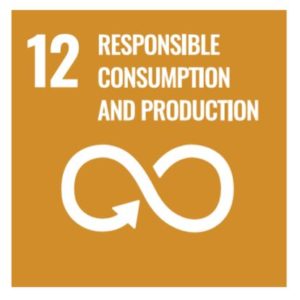
|
Sustainable Development Goal 12: Responsible Production and Consumption
This SDG collection focuses on Sustainable Development Goal 12: responsible production and consumption. Articles in this collection showcase the inventive means in which chemical scientists are striving to improve the synthesis and consumption of materials across various industries by developing sustainable sources and processes which do not rely upon the destruction of the Earth’s resources, and which provides cleaner environmental outcomes. |

Don’t forget that RSC Applied Polymers and RSC Applied Interfaces are both Gold open access journals, that means all our articles are free to read, including our new Sustainable Development Goals collections! The highly applied and interdisciplinary work included in these collections serve as a perfect example of the kind of papers we would like to see more of in RSC Applied Interfaces and RSC Applied Polymers.
| Take a look at some of the articles featured in the collection: |
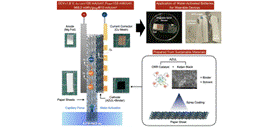 |
Rare-metal-free high-performance water-activated paper battery: a disposable energy source for wearable sensing devices
Kosuke Ishibashi, Shimpei Ono, Jun Kamei, Koju Itod and Hiroshi Yabu
RSC Appl. Interfaces, 2024,1, 435-442
DOI: 10.1039/D4LF00039K |
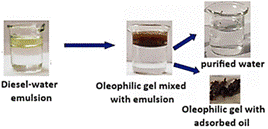 |
Pristine coconut husk biowaste and 2-ethylhexyl acrylate/methyl acrylate-based novel oleophilic gels for oil spill cleanup
Kavita Devi, Ghanshyam S. Chauhan, Sunita Ranote, Sandeep Chauhan and Kiran Kumar
RSC Appl. Polym., 2023,1, 325-337
DOI: 10.1039/D3LP00118K |
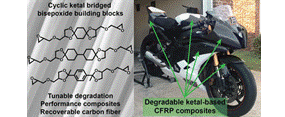 |
Cyclic ketal bridged bisepoxides: enabling the design of degradable epoxy-amine thermosets for carbon fiber composite applications
Benjamin M. Alameda, Margaret S. Kumler, J. Scott Murphy, Jeffrey S. Aguinaga and Derek L. Patton
RSC Appl. Polym., 2023,1, 254-265
DOI: 10.1039/D3LP00095H |
Currently working towards one of the UN global sustainability goals? Submit your manuscript to RSC Applied Polymers or RSC Applied Interfaces to have it included in this ongoing collection!

Please check the journal websites for scope and submission details.
We hope you enjoy reading from our new sustainable development goals collections.
Keep an eye out for our other Sustainable Development Goals collections.
Sustainable Development Goal 3: Good Health and Wellbeing
Sustainable Development Goal 7: Affordable and Clean Energy
These collections are not curated in affiliation with the United Nations but are representative of Royal Society of Chemistry’s support for the Global Sustainability Goals initiated by the United Nations.
To find out more about the United Nations Global Sustainability Goals visit https://sdgs.un.org











